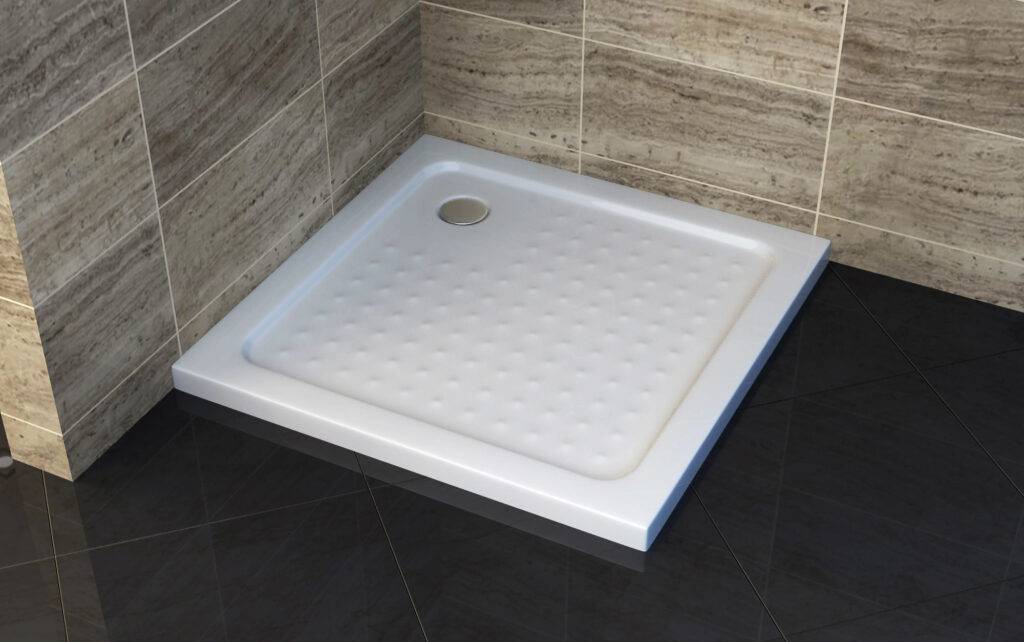In the fall nature provides us with a brilliant canvas of color. But eventually natures display comes to rest on our lawns, leaves that is. Fortunately for us this resource is both renewable and recyclable as leaf mold.
Leaf mold is easy to make and manage, it can be used to improve the structure and water holding capacity of soil. Make it yourself and recycle fall leaves.
How easy is leaf mold to make? It is so easy that if you have leaves you can make it, or have the kids make it. Follow these steps. Let the leaves fall. Enjoy their beauty. Run over them with a lawn mower to chop them up into smaller bits for faster decomposition. Naturally putting the leaves through the leaf chopper or shredder directly to the bags also works. Make piles. Decide if you want to bag em up or make a pile or several piles right where you want to use them next. Be aware however it can take up to three years for the leaf mold to be good. This fact means a bit of space at least 3 by 3 like a compost bin is required.
If the leaves have begun to dry, moisten them a bit to help them retain the nitrogen needed by garden plants. If you decide to bag the leaves, remember this is leaves only, you are not making compost, you are creating leaf mold. Place them in the bags, put some type of labeling on the bag to indicate year because leaf mold is a slow process. Depending on the climate the leaf mold making might take 3 years! The good news for warmer climes is it takes less than a year to provide the gardener with an enrichment source that smells like a forest. Be sure to poke holes in the bags.
If you are fortunate to have a variety of leaf types it is even better. Each variety brings a slightly different blend of nutrients which can be added to the garden soil.Or maybe you need something that doesn’t look like garbage. Choose these bags made especially for leaves, all natural and pleasing to look at.
No bags, no problem. A ring of wire around the piles will help keep them from blowing right back onto your lawn but is actually a convenience as much as anything. When using this method or just piling the leaves putting a tarp over the leaves helps retain a more even moisture level, which we know speeds the process and retains nitrogen levels.
Remember that leaf mold making is a cold process which does not create heat like a compost pile does. Resist the temptation to add green to a pile. If you add other materials this makes compost, not leaf mold. You can however use the leaves to add brown ingredients to a compost bin.
The leaves require very little maintenance. Check occasionally for moisture and if they are in an enclosure, fluff it by turning them, which allows air to reach more surface, again speeding the process and keeping the smell earthy rather than foul. When the material is ready for using in the garden it will have the look of the earth on the forest floor.
The making of leaf mold is an incredibly simple process that recycles autumn leaves and can also be a very inexpensive way to enrich your garden soil, stretch the mulch in beds, or a tea for situations in which liquid fertilizer works best.



